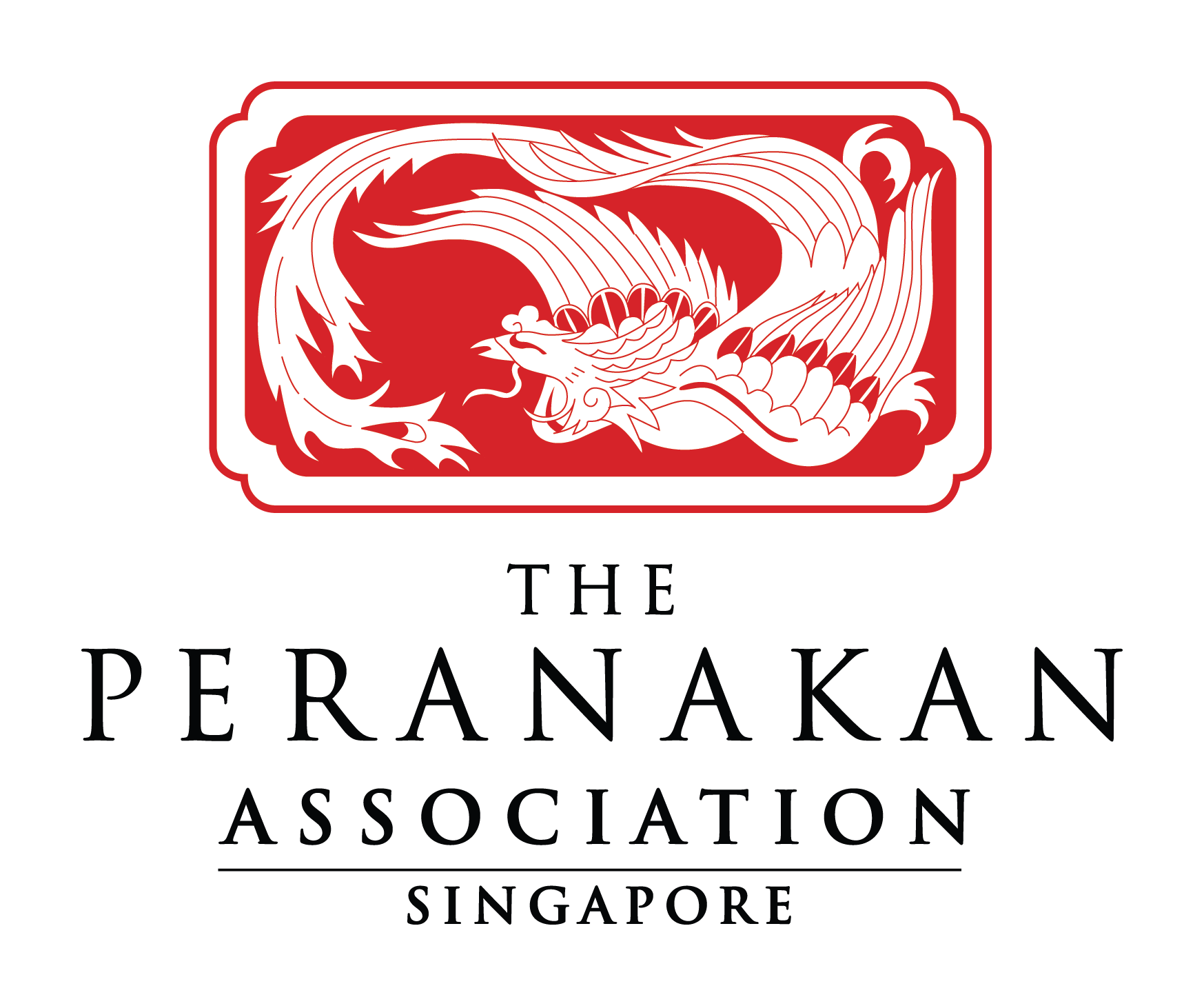(This is a monthly letter from Baba Colin Chee to members and friends of the Association.)
Dear Babas and Nyonyas,
Are Cultures Pure?
Culture can be very exclusive to a community. It manifests the community’s symbols, language and literature, values, beliefs, behaviours, practices, food and artefacts.
Culture often clearly identifies or defines a community. It distinguishes one’s way of life. As a result, culture has an in-built capacity to differentiate and separate communities.
Yet, can a culture be considered pure? Not since communities came into contact one with another, I think.
Do Cultures Unite or Divide?
When I shared this reflection among a few friends recently, one of them replied: “…culture (should) unite us, not divide us.”
He took the words right out of my mouth.
Can culture unite us or divide us?
I truly believe culture can be a very bright torch for inclusiveness if communities in one society are willing to celebrate their common and shared traits as well as the differences.
There are countries which have become successful melting pots of migrant communities and their respective cultures. For them, diversity is a rich stew from hundreds of years of trade, transmigration and acculturation. Even colonization.
Chinese Peranakan Culture
Our uniquely hybrid Baba and Nyonya* culture in Southeast Asia is a precious example.
It has been in the making since the 15th century when Chinese traders first settled in the Malay kingdoms of Southeast Asia. They had come to the region to trade, chase dreams of riches, or simply to survive.
Eventually putting down roots in their adopted homelands, they formed families with Malay women from the archipelago. The Peranakan Indians (who were mainly Hindus) and Jawi Peranakans (Muslim Indians) share the same acculturation process as the Chinese Babas and Nyonyas.
Below is an excerpt of my message to our Association members in the upcoming edition of our magazine, The Peranakan:
Our forefathers’ evolving culture was (and is) an amalgam of their homeland China with deep influences drawn from the Malay archipelago – Bugis, Batak, Balinese and more – whose women they married or were brought into their households from as far back as the 15th and 16th centuries.
Less so, but just as evident, were the influences from the Indian, Arab, Portuguese, Dutch and British communities with whom they mingled and did business for over 500 years until the early 20th century.
In a way, one could describe their heritage and customs as multi-cultural, from those early years.
Let Culture Unite Us, Not Divide Us
This acculturation could only have been possible with our forefathers’ pragmatic migrant attitude of “live and let live”.
It also helped that they were very likely open to diversity. They would have shared, adapted, and welcomed cultural transmissions while building a life for themselves and their families.
They would have respected and been sensitive to the social sensibilities of especially their hosts, and everyone else who came to this region to trade. Just to get along.
As our Southeast Asian cultures mostly bear evidence of cross-fertilisation, in small and big ways, it should be easy for us to celebrate our commonalities as well as the differences.
Better if we can come together in the spirit of gotong royong** to share, understand and be amenable. Then, we can all enjoy something richer and more binding.
Let us respectfully learn from one another and live in harmony. Our world is too small for us to fret, to be disagreeable, and to want to live separately isolated one from the other.
In the larger context of our little island, we are all Singaporeans. I have said this several times before.
Let culture unite us, not divide us.
Below are pantons specially composed in Baba Malay by Baba GT Lye for the Association. I humbly leave them with each of you, with much goodwill.
Kamsiah, Baba GT for the moving pantons, and my dear wife, Nyonya Linda Chee, for assisting in the translations.
Culture is Our Lifeline
Selalu sembang dudok cerita.
Budaya ibarat tongcik rumah.
Kalu tak jaga baik, hancur lah kita.
Always come together to share stories.
Culture is like the main beam of a house.
If neglected, we are doomed.
Di Melaka juga di Singapura.
Semua budaya tidak ternila.
Kongsi nan hormat boleh eratkan negara.
Both in Melaka and in Singapore.
All cultures are invaluable.
Respecting all cultures binds the country.
For the Solidarity of our Nation
Bila bersuara sangatlah merdu.
Budaya nan baik kekalnya lama.
Negara raayat bersatu padu.
Their chirping is so melodious.
Strong cultures are long lasting.
They unite the country in peace and harmony.

Colin Chee
Keeping the Culture Alive
30 October 2020
Click here to send Colin a note
NOTES
Baba is a reference to Chinese Peranakan men. It is an honorific term, of Persian origin, used as a loan-word in India and then in Indonesia and Malaya as a term of endearment for one’s grandfather, father or wise man.
Nyonya is a reference to Chinese Peranakan ladies. It is an honorific word used in Indonesia and Malaya to describe a foreign married lady. The word is likely borrowed from the Portuguese reference “dona” meaning lady.
Gotong royong is about sharing and mutual help among members of a community and/or society.

